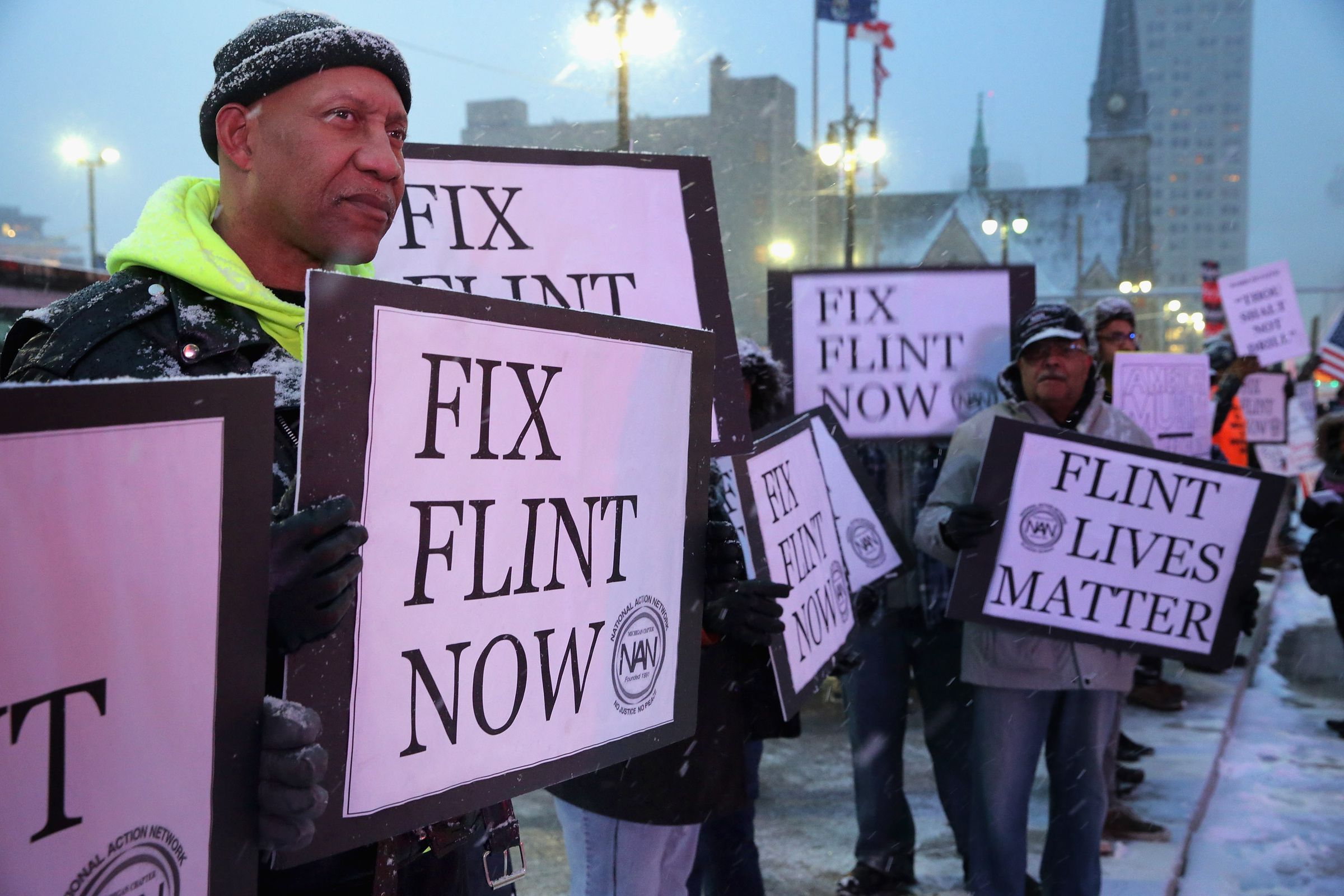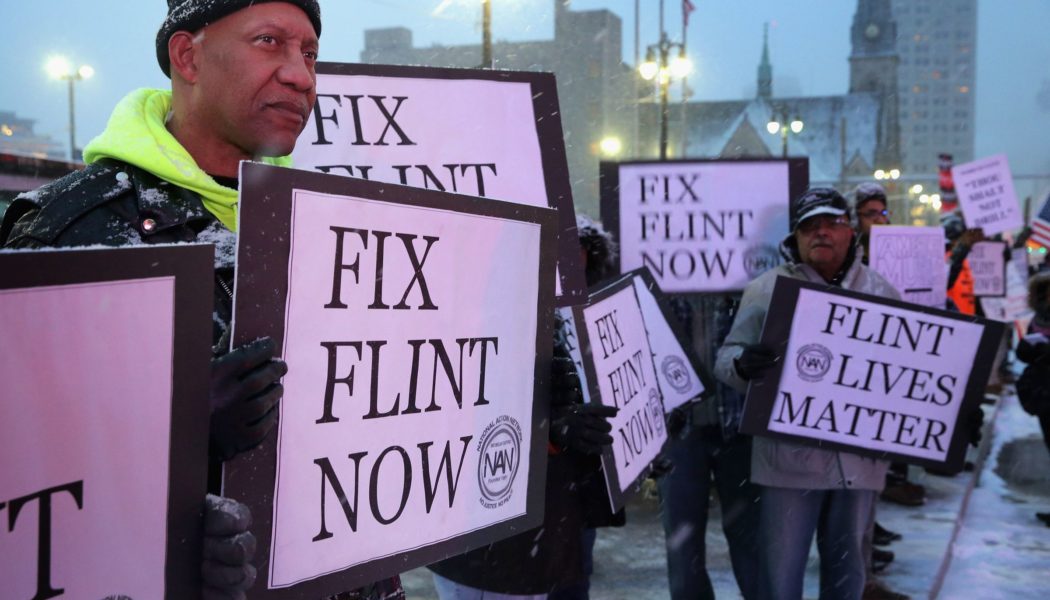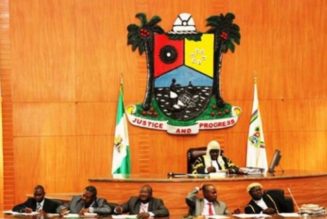Relationships were an important resource during the Flint water crisis, a new survey shows. It’s a lesson for other disasters.

In the wake of disaster, maintaining close ties with friends and family is a crucial part of recovery. Those relationships might help keep people safe in the moment and even nurture better mental health long after the initial disaster, according to new research on the water crisis in Flint, Michigan, that started in 2014.
Sure, that might seem like common sense. But paying attention to how folks come together when things go horribly wrong is one way to get communities better help in future times of crisis. And it’s not just maintaining a social circle that matters — who’s in it and how close you are to them made a difference in Flint, according to a study recently published in the journal International Journal of Disaster Risk Reduction.
To briefly recap a long, infuriating story: back in 2014, Michigan state government’s cost-cutting measures wound up contaminating Flint’s public water system with lead and bacteria. Afterward, residents reported elevated blood lead levels, skin rashes, hair loss, symptoms of depression and anxiety, decreased fertility rates, and pregnant people exposed to the contaminated water gave birth to babies with lower birth weights than those in other cities. The catastrophe disproportionately affected the city’s Black residents, who make up a little more than half the city’s population.
When authorities fail a community, or actually put them in harm’s way as they did in Flint, it’s not surprising to see people step up to be there for one another. The new research shows, however, that Black women in particular had an outsize influence. Women in the survey tended to have more “confidants” with whom to discuss the water crisis than men. Both men and women tended to have more women as confidants, but Black participants surveyed had 31 percent more women confidants in their network than white participants.
There’s more evidence from the study that women might have played a key role in preventing even more dire health outcomes. Women were more than twice as likely as men to get blood lead level screenings, an important step to take to treat or even preempt health complications arising from the contaminated water. People with more women in their network were 40 percent more likely to get that blood lead level screening and 33 percent less likely to develop skin rashes.
Many types of disasters — storms, heatwaves, and drought — often disproportionately harm women. The disaster might compound existing inequities, so they’ve got more challenges to face all at once. But experiences of being systemically marginalized (whether it’s because of gender, race, income, or something else) can lead people to rely more deeply on community-building in rough times. You might rely on your social circle to get news and information, say, about accessing health resources. Collectively, you might push for accountability — and Black women like Sasha Avona Bell in Flint have been at the forefront of environmental justice movements.
And of course, relationships can be a source of comfort and emotional support. In Flint, having more “close ties” in your network — measured by how frequently “confidants” kept in touch with each other — was also linked to less severe depression, anxiety, and PTSD. The Flint study was based on a survey of 331 residents in 2019.
There are lessons learned in Flint that ought to inform disaster response elsewhere, the paper’s authors note: invest in those community connections. Governments should collaborate with community members to get trusted information and resources to wherever they’re most needed, they write. It’s a strategy some cities have adopted, for example, to prevent illness and death during heatwaves. And it could serve disaster responders well as they stave off misinformation surrounding the chemical spill from the East Palestine, Ohio, train derailment.
“Community leaders know better than anyone what their community needs and how to access resources,” lead author of the research paper and Cornell University PhD student Jenna Shelton said in a news release. “Community contexts and connections matter.”








